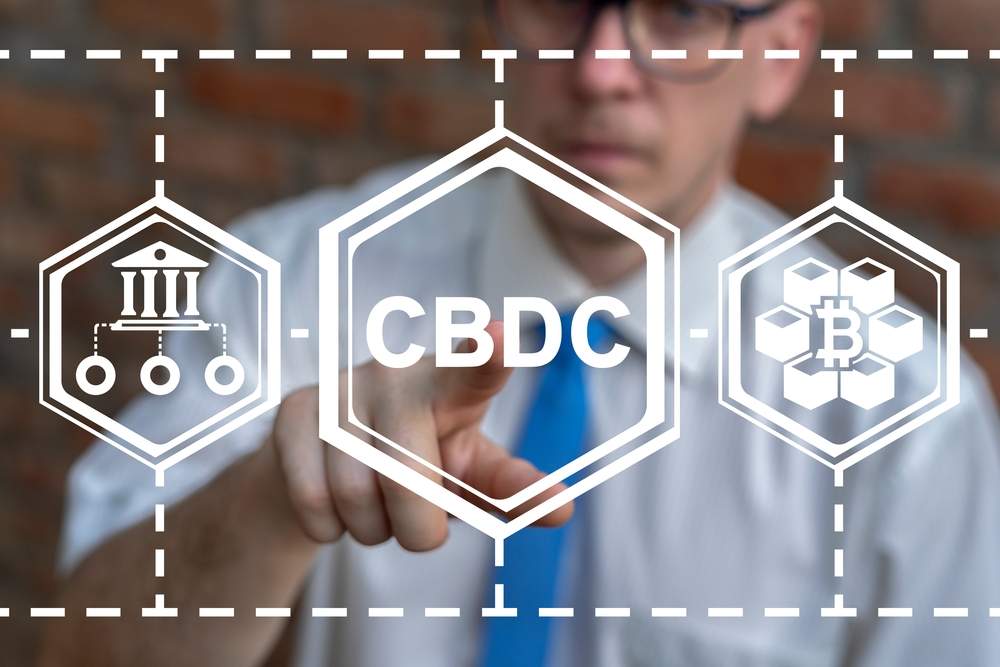The labor market is hot, and so is the economy.
The Friday jobs report revealed that the U.S. created 263,000 new jobs vs. a predicted 250,000. As a result, unemployment fell to 3.5%.
This sounds like good news, right?
But remember: In a bear market, good news is actually bad news for the economy. The Federal Reserve is doing all it can to reign it in — by raising interest rates.
We’re most likely in for another rate hike in November (by 75 basis points), but that’s not all the Fed is cooking.
It has a new project with the U.S. government: a central bank digital currency (CBDC).

What Is a Central Bank Digital Currency?
It’s essentially the government’s answer to cryptocurrency and decentralized finance (DeFi), which isn’t regulated by a central bank.
A central bank digital currency would be a digital form of the U.S. dollar. The idea is that we would be less dependent on physical money.

But unlike cryptocurrency, digital money controlled by the government creates:
- A massive risk to your financial privacy.
- A security threat to your wealth and savings.
- New potential banking fees.
In today’s episode of Monday Market Insights, Amber and I go over the potential downsides of the U.S. adopting a central bank digital currency.
I also give you a preview of my upcoming CBDC event this Thursday (10/13). There I’ll reveal three ways you can protect your money.
Trust me, you won’t want to miss this.
Click below to start watching today’s episode:
(If you’d like to read a transcript, click here.)
This week on Winning Investor Daily:
If you want to learn more about CBDCs, stay tuned for my article on Wednesday! I do an even deeper dive on what they are, and how the U.S. government plans to implement a digital currency to replace the dollar.
Regards,

Ian King
Editor, Strategic Fortunes









